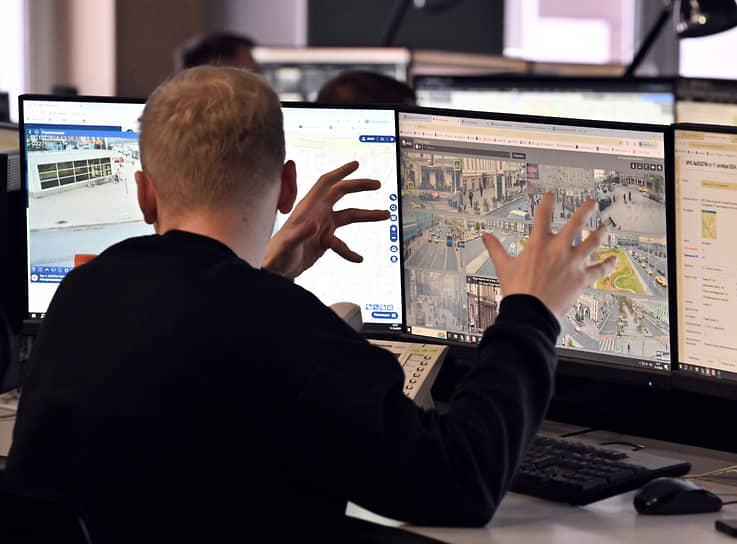Moscow Expands Control Over Road Accidents, Animals, and Debris on Roadways
The Moscow Traffic Management Center has announced a tender for 2.3 billion rubles to lease 470 cameras to “expand coverage” of the intelligent video surveillance system. The system uses neural networks to detect various road incidents without human intervention, including accidents, animals entering roadways, or debris on the road. Currently, such cameras monitor the Moscow Ring Road (MKAD), and under the new contract, surveillance will extend to the entire Moscow High-Speed Diameter (MSD) and other city roads.
The tender for “expanding the coverage of the intelligent video surveillance system” was announced by the Moscow Traffic Management Center. Applications will be accepted until August 18. The contractor is expected to supply 470 dome and cylindrical cameras capable of producing images in 2560×1440 resolution. The devices must be registered in the federal FGIS “Arshin” database as official measuring instruments and must recognize license plates from Russia, CIS countries, and the Baltics.
According to the tender documentation, the cameras must be able to detect “unauthorized entry” of vehicles and pedestrians into restricted zones, identify traffic jams, vehicles parked in dedicated lanes, as well as fallen objects and debris on the roadway.
- The requirements also mention spilled cargo, animals, and parts of vehicles involved in accidents.
- The cameras must be delivered in four batches within 60 days of contract signing.
- The lease term is five years, with a contract value of 2.39 billion rubles.
The neural network-based incident detection system was first deployed in 2022. An initial contract worth 4.2 billion rubles was signed with “Spetsdorproekt” to install 1,400 smart cameras on the MKAD and other roads.
In its first year of operation, fatalities on the ring road decreased by 30%, according to traffic police. A year later, the Traffic Management Center signed another contract with “Stroy Invest Project” (worth 297 million rubles) to create a separate incident management system with automated data collection and processing from cameras.
Currently, 1,500 smart cameras monitor the MKAD, several tunnels, and partially cover the Moscow High-Speed Diameter (MSD), detecting 13 different types of incidents.
Since early 2025, these cameras have recorded about a million incidents, reducing fatalities on the MKAD by 20%. The AI quickly recognizes accidents, and the “Road Patrol” service is dispatched to remove damaged vehicles from the roadway.
“The successful testing of the video analytics system has opened opportunities for scaling and achieving 100% coverage of the MSD,” explained the Traffic Management Center. “Cameras will also be installed on other city highways as needed. The system allows precise traffic assessment, accounting for vehicle numbers, accidents, and emergencies, enabling quick response to minimize ‘secondary’ accidents (such as collisions with stationary vehicles or pedestrians during accident investigations).”
Expanding smart surveillance to most streets while improving event recognition algorithms is crucial, according to a former deputy head of the Traffic Management Center. “This will allow post-incident analysis of any complex road situation,” he explained. “Early threat detection before patrols arrive is key. Reducing response time is vital for traffic system stability.”
Densely placed smart cameras can enhance not only traffic safety but also urban management—from road maintenance to crime prevention. “If used responsibly, this is a step toward a modern, intelligent, sustainable, and livable city,” the expert concluded.
“Neural network-based video analytics works effectively,” added another specialist. “Combined with the ‘Road Patrol,’ it helps reduce accidents, especially on highways.” However, patrol vehicles must remain near high-risk areas for rapid response.
False alerts may occur initially, but as the neural network learns, errors will decrease.
In addition to smart analytics, the city operates a traffic violation detection system, with images sent to traffic police for fines. It includes 3,800 stationary cameras, 138 mobile (installed in Traffic Management Center vehicles), and 60 portable (mounted on buses or pickup trucks).





